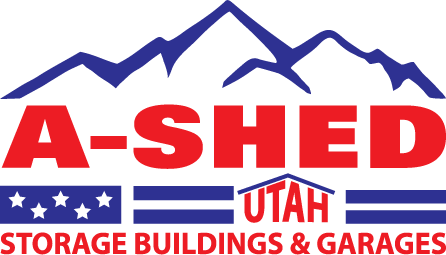 Get A Free Quote
Get A Free Quote Get A Free Quote
Get A Free QuoteSheds on a property can have numerous uses, including some that may require electrical wiring. Whether you require lighting, conditioned air or several other potential electrical features, there are several important considerations as you go down this path.
At A-Shed USA, we’re proud to offer a wide range of storage sheds, from classic Ranch storage sheds to barn sheds, YardMaster and many others. We’ve happily provided tips and assistance to many property owners looking to wire their sheds in some way – this two-part blog will go over a number of themes to keep in mind as you’re beginning this process, including both safety and practical themes.
First and foremost, you should be distinctly aware of all local codes and regulations when it comes to running electrical wiring into a shed or similar storage building. These will vary depending on where you live, but generally speaking there are three basic factors that must be present:
Once you’ve confirmed you’ll be able to meet all local code requirements, the next big step is to consider the practical uses of the shed with regard to electricity. Not all electrical requirements will be the same – some may require very little wiring while others could be more involved.
In many cases, shed owners are just looking for a simple electrical line that allows a cord-and-plug setup for simple plug-ins. This is usually a simple job you can do within a single day or weekend. On the flip side, if you require power for a shed you’re converting into a workshop for major projects and electrical needs, the job may require more planning and legwork.
A big part of evaluating your shed’s practical uses involves considering the kinds of tools you plan to use within it regularly. If you’ll only be using some basic lights, fans or other low-amp sources, the wiring process will be relatively simple.
If, however, you’ll be using tools like table saws, welders, air compressors or dust collectors regularly, these will require far more amperage than a single electrical circuit can provide. In these cases, you’ll need to run multiple circuits to handle the load. There will also be issues to consider when it comes to voltage – most tools or power appliances run on 110v power, but there are some that will require 220v instead, and this requires different wiring and outlets. If you’re confused here, contact an electrician to ensure you don’t make any mistakes or risk your safety.
For more on wiring a shed for electricity, or to learn about any of our storage sheds, custom garages or other buildings, speak to the staff at A-Shed USA today.